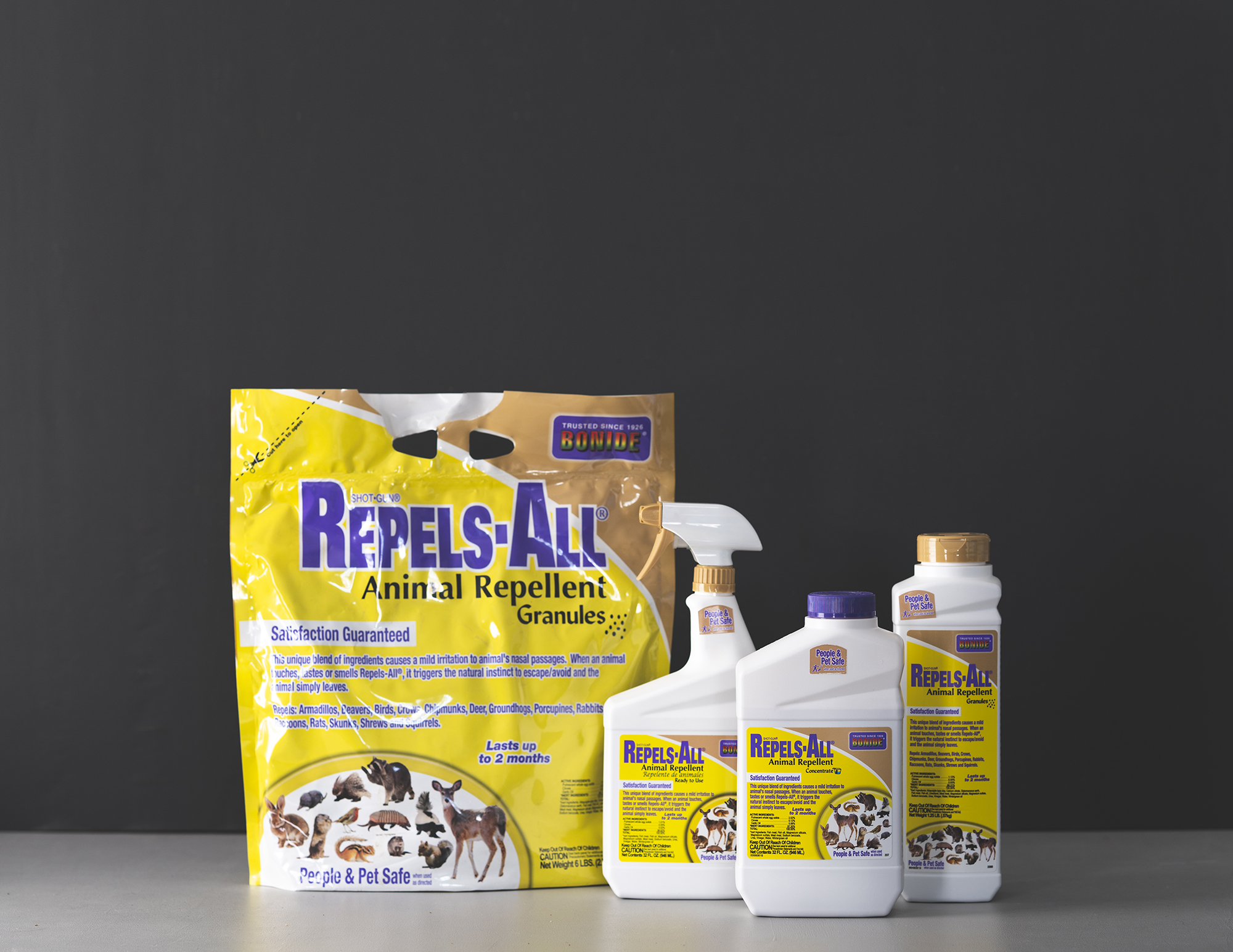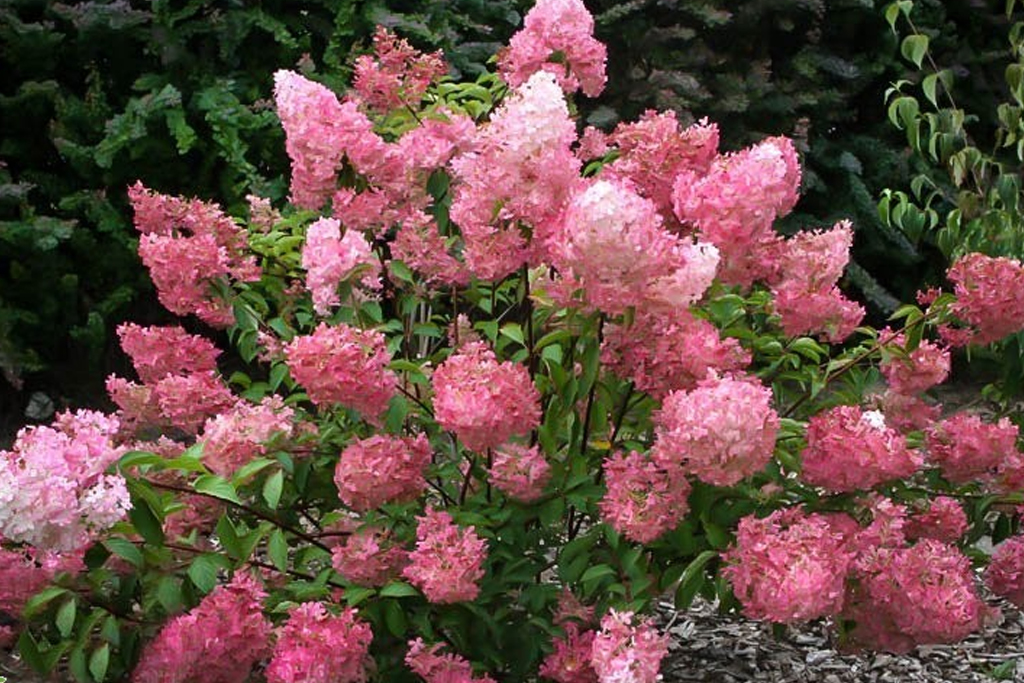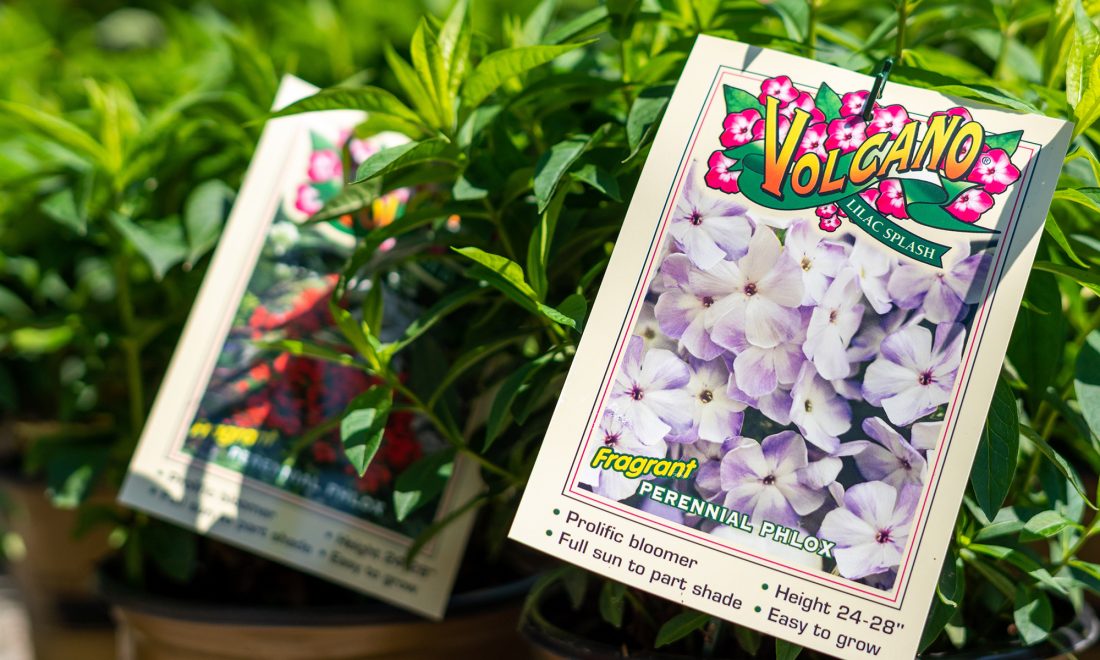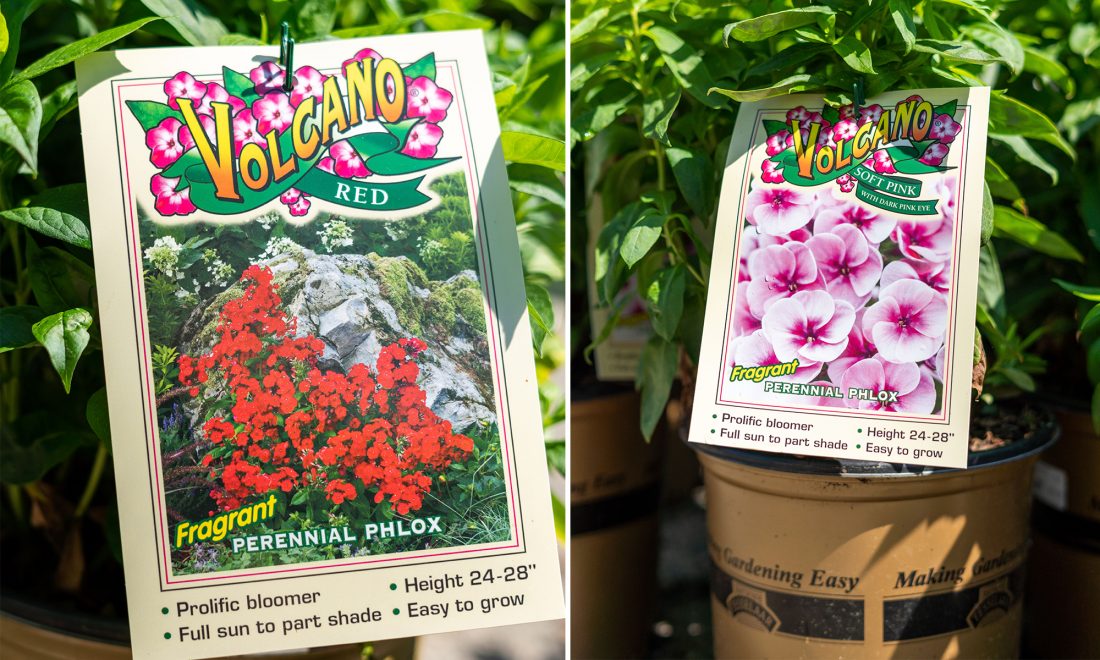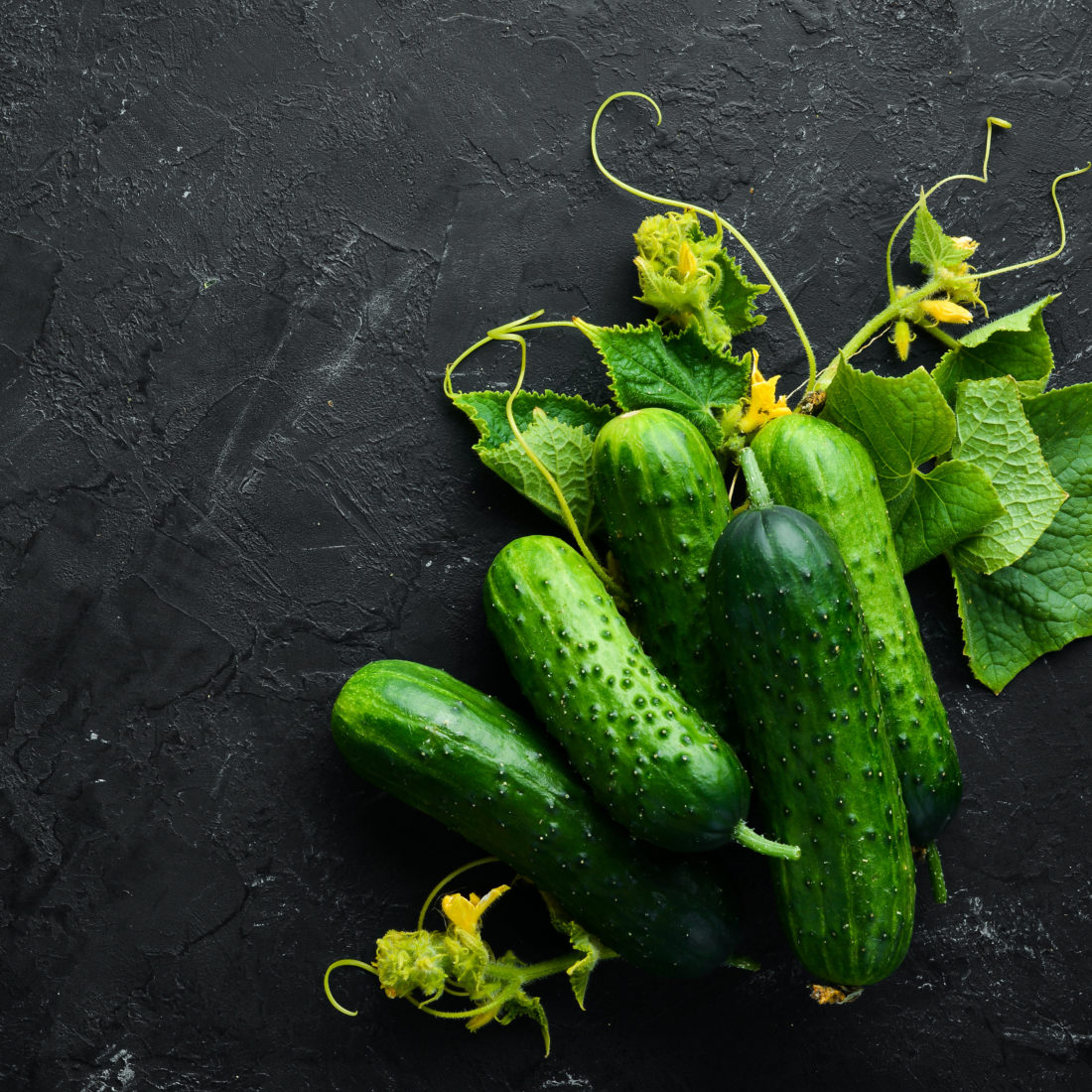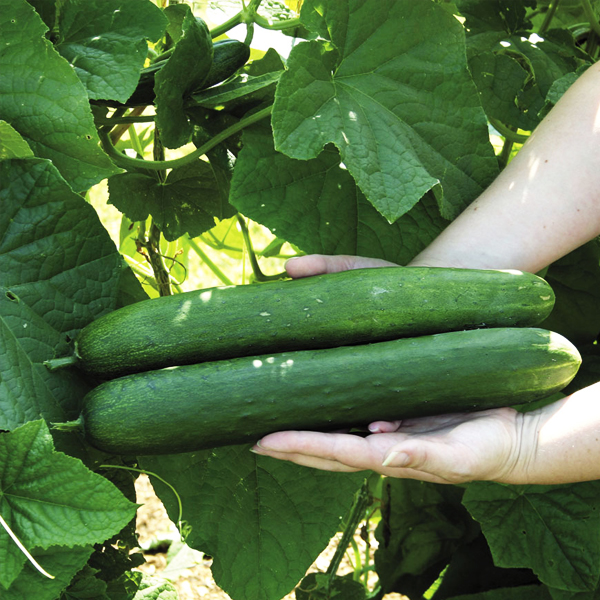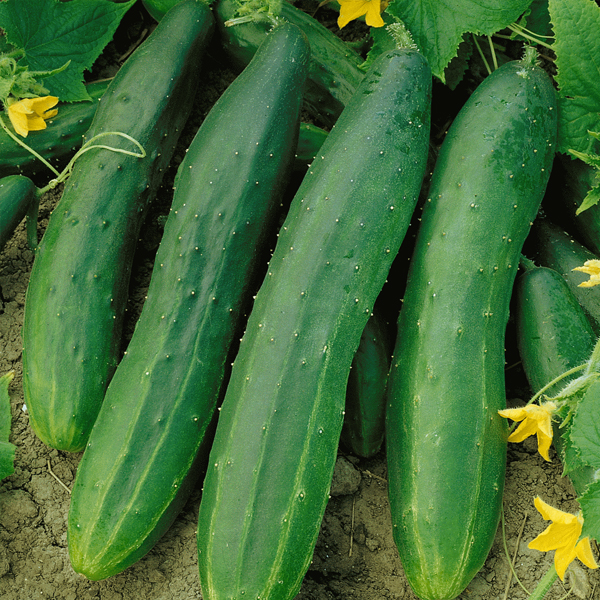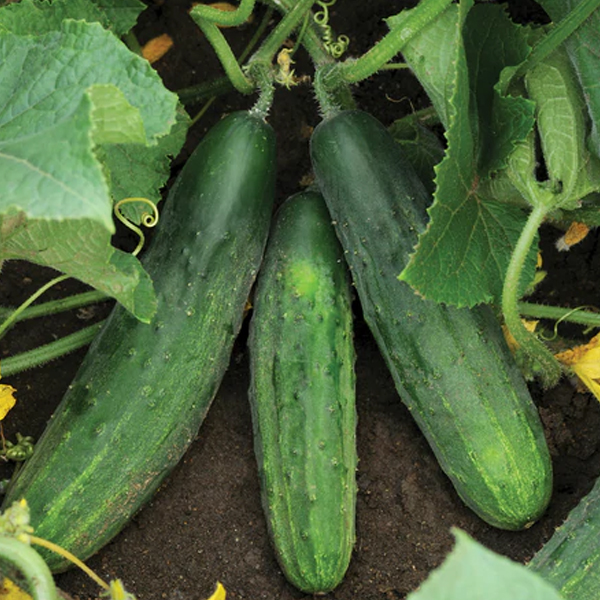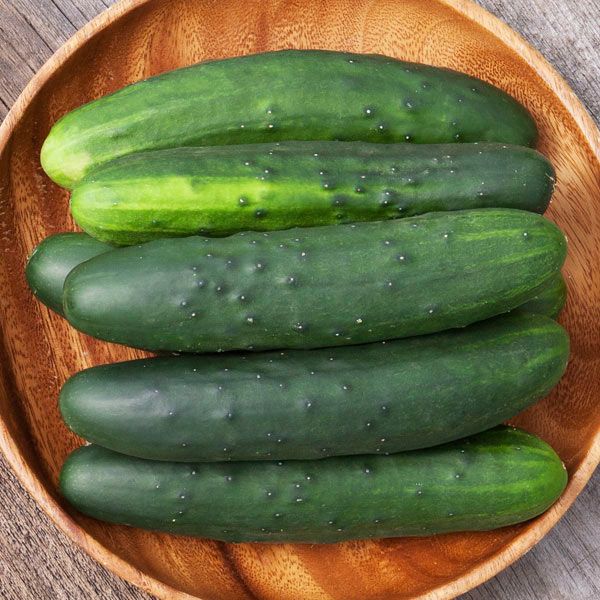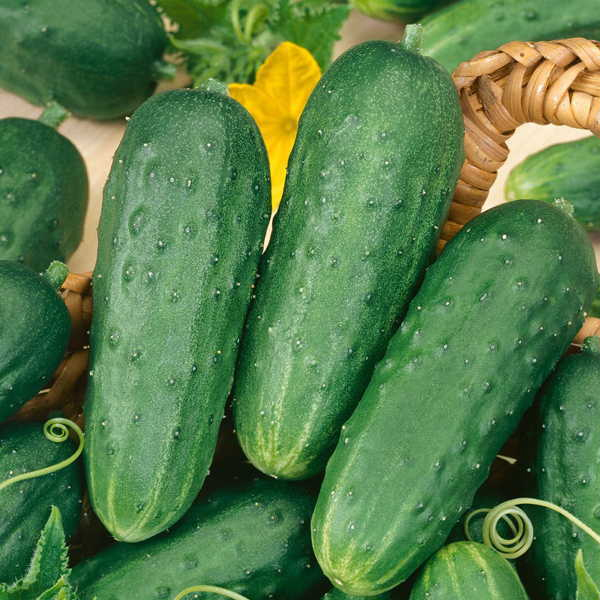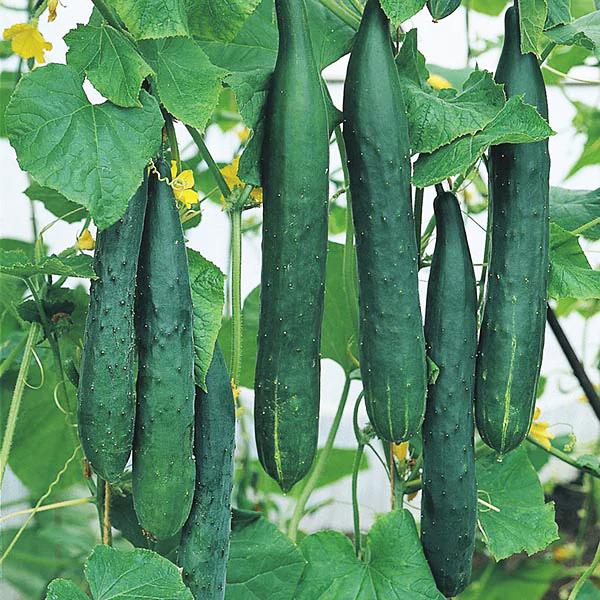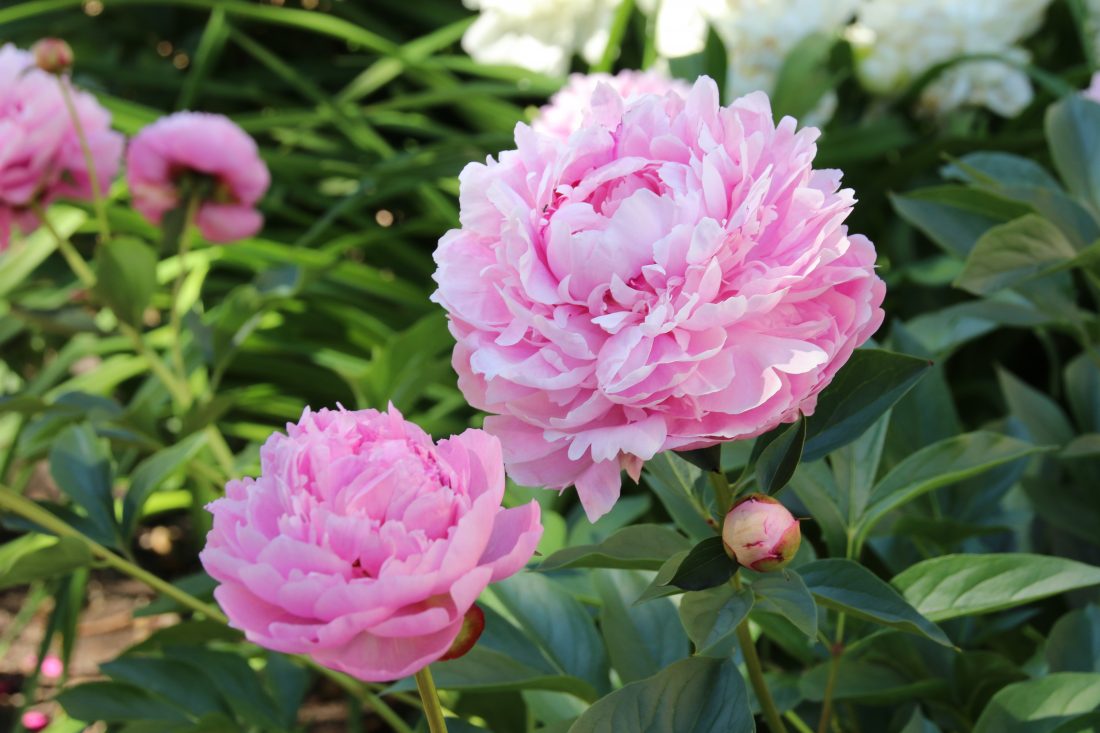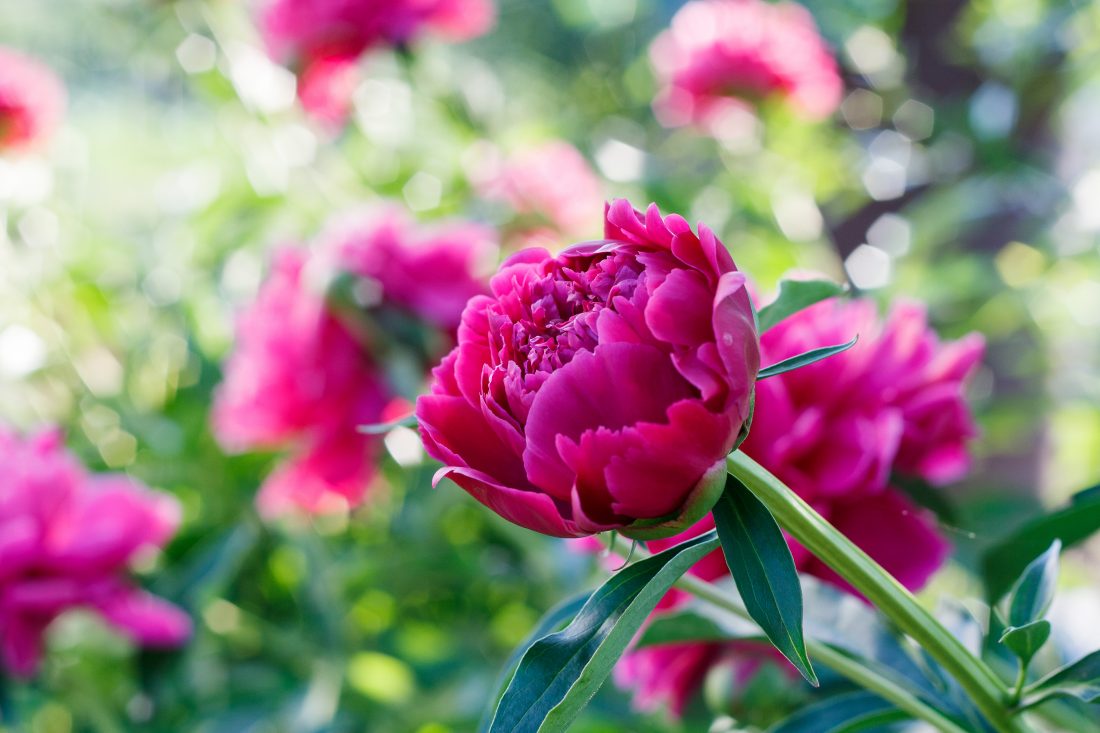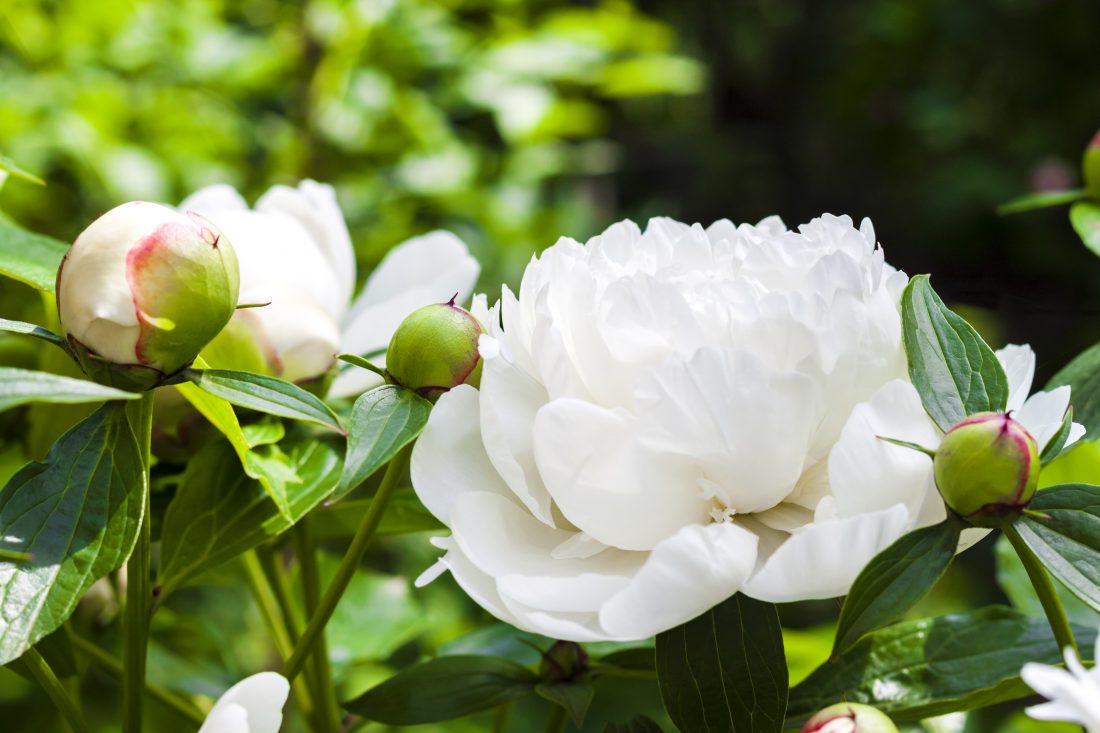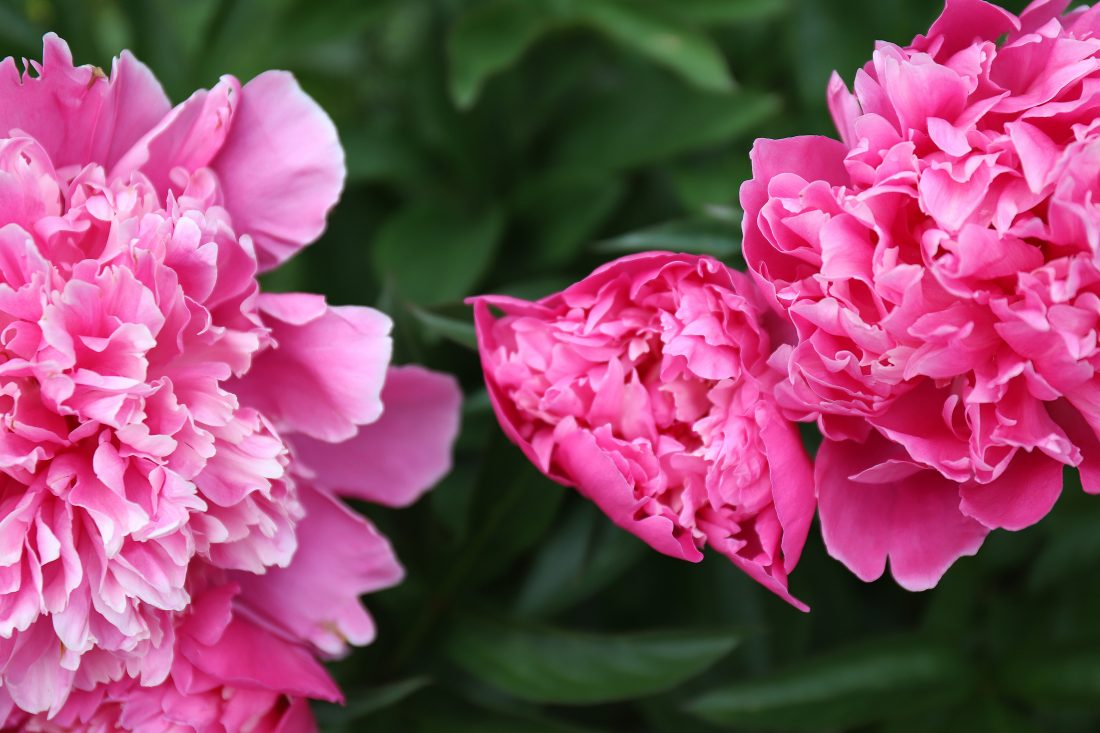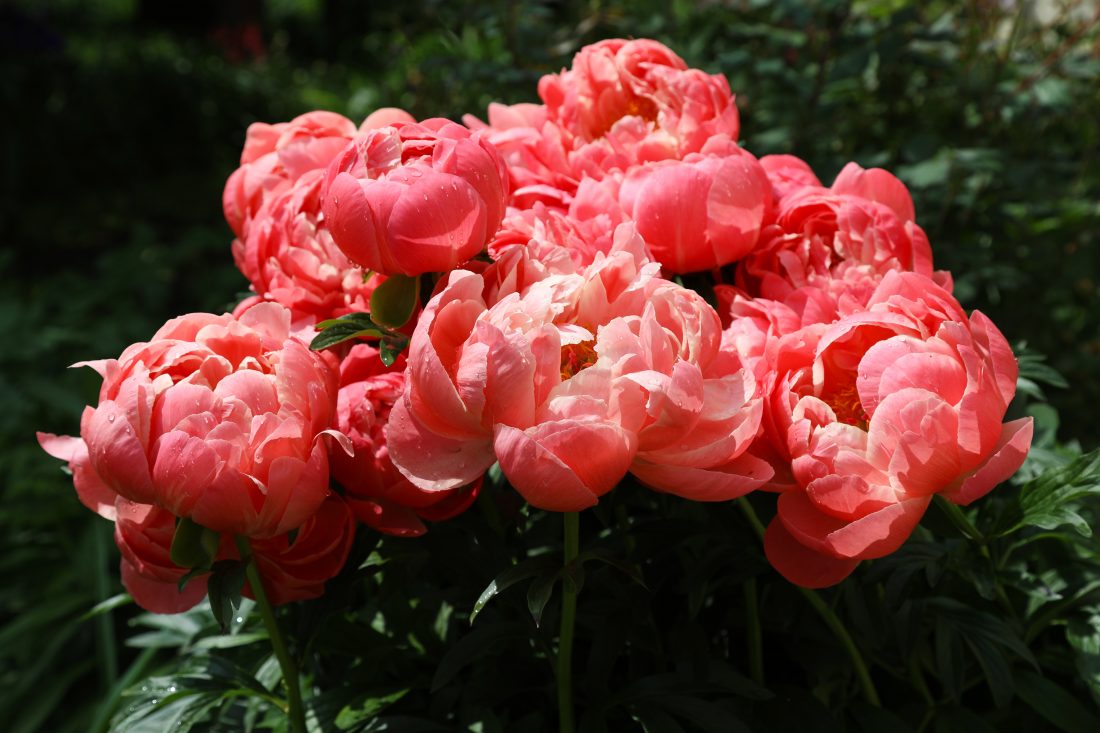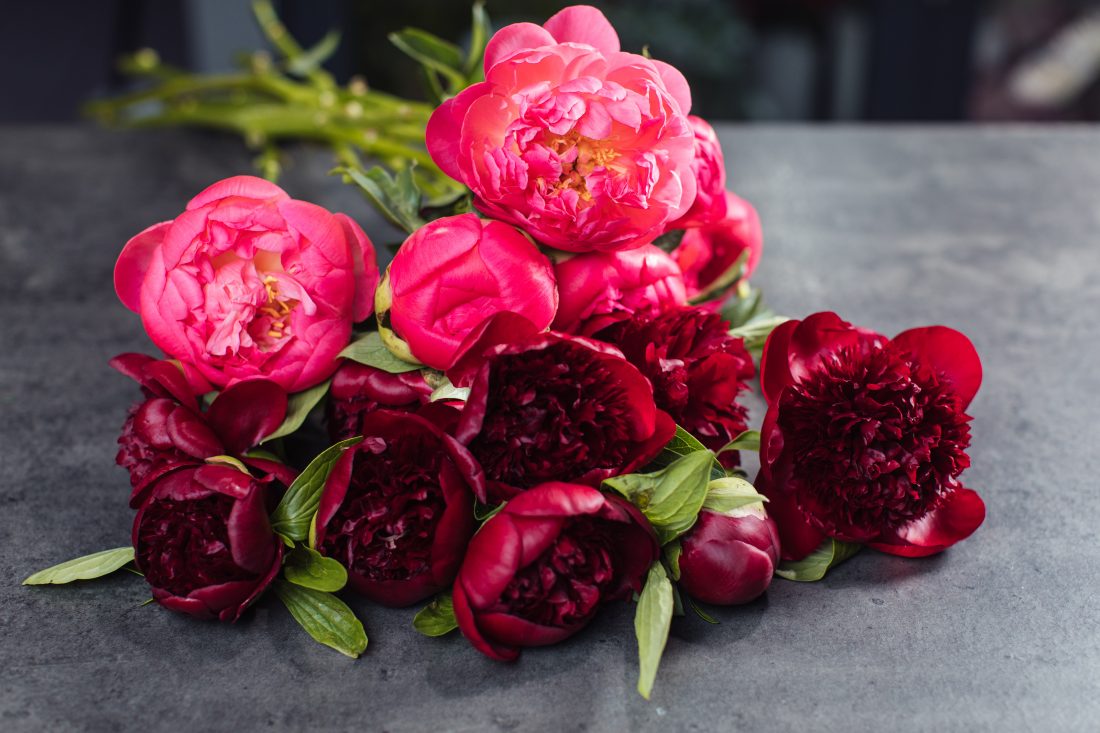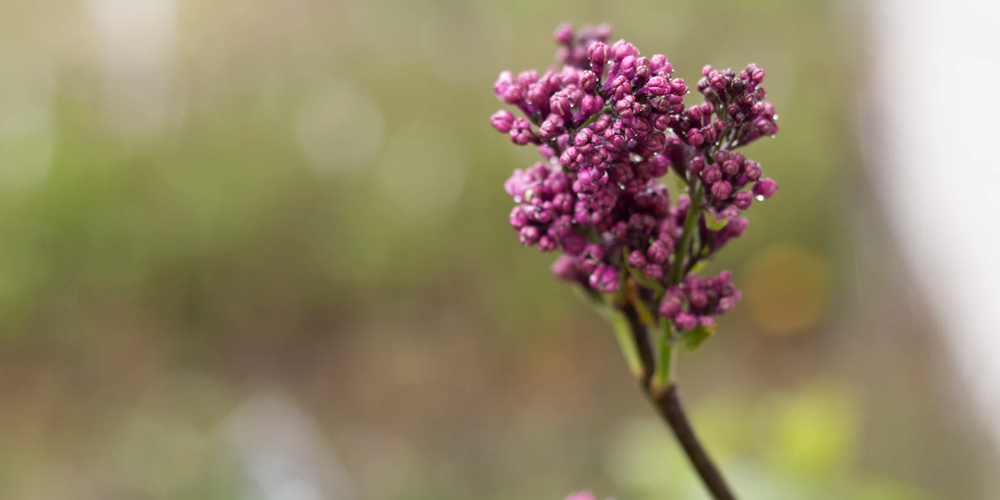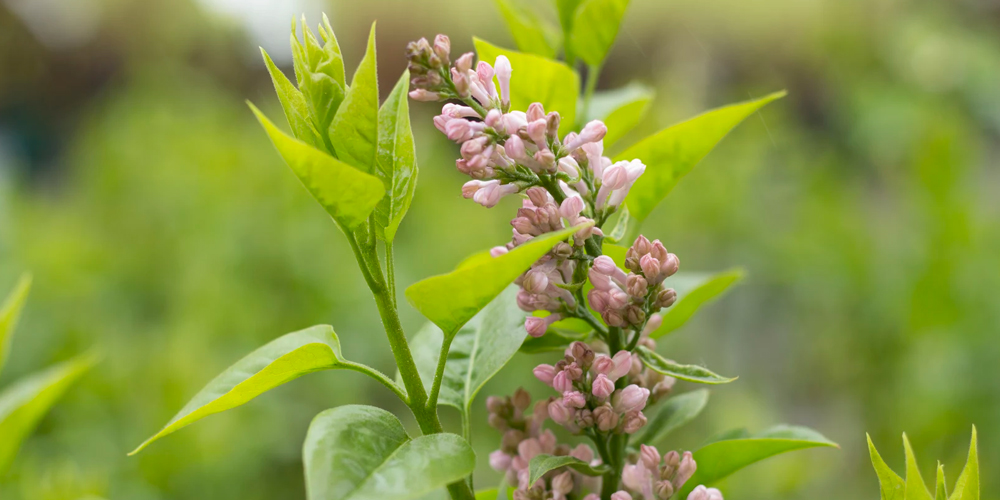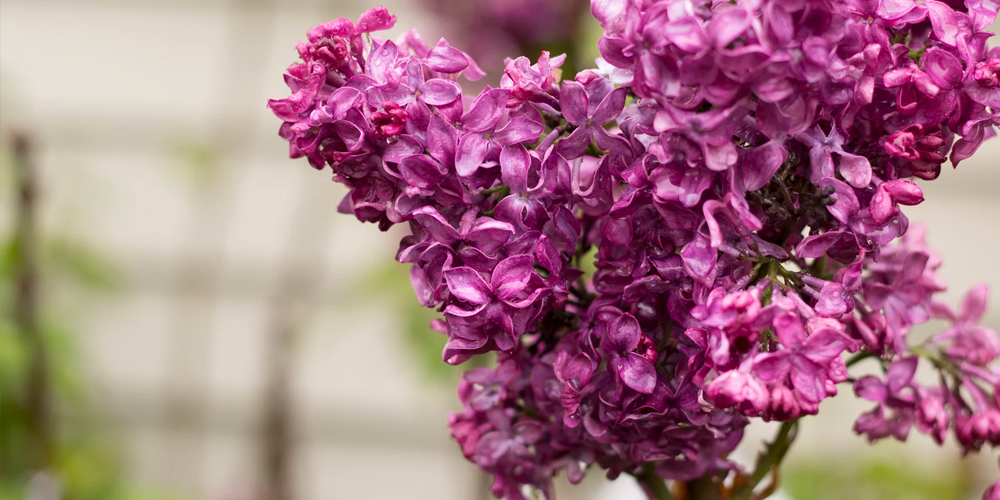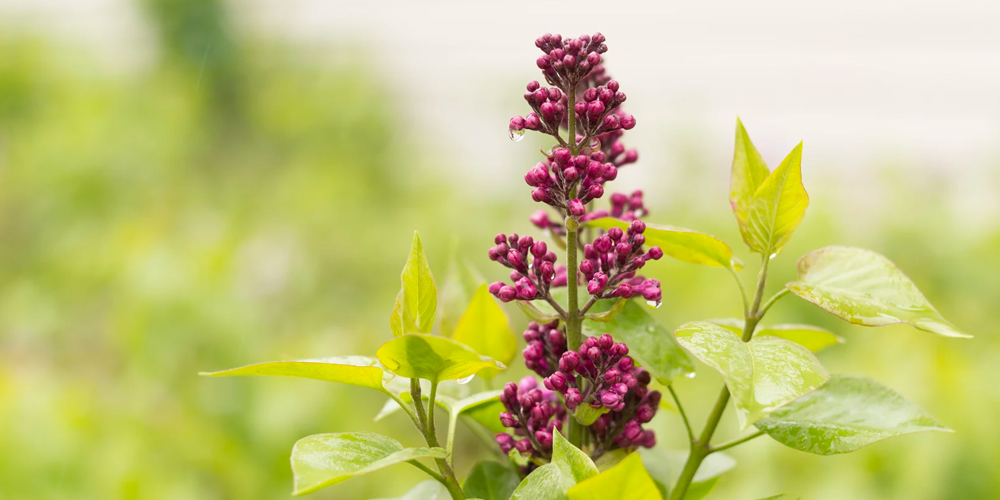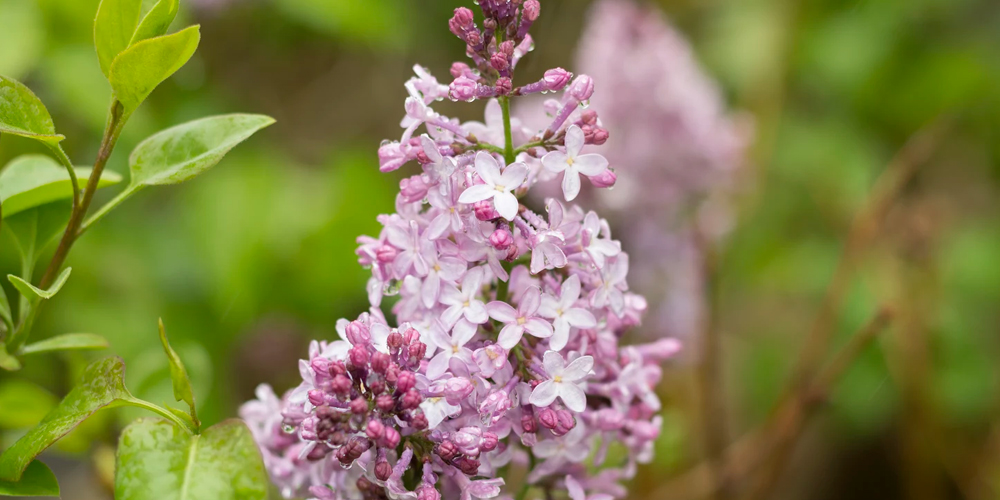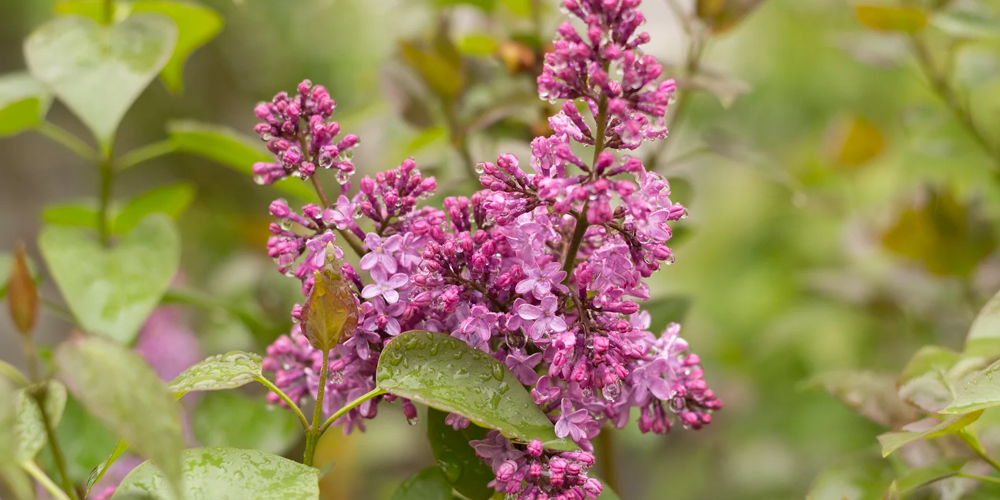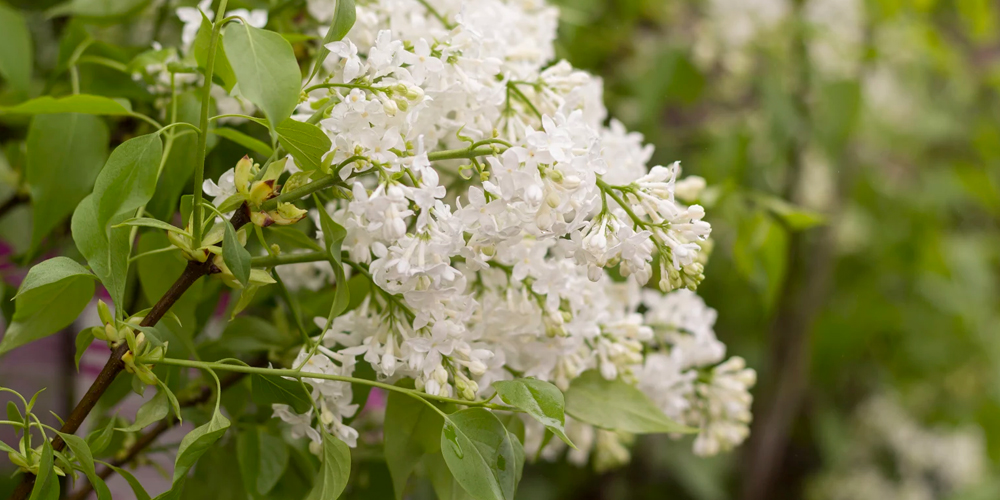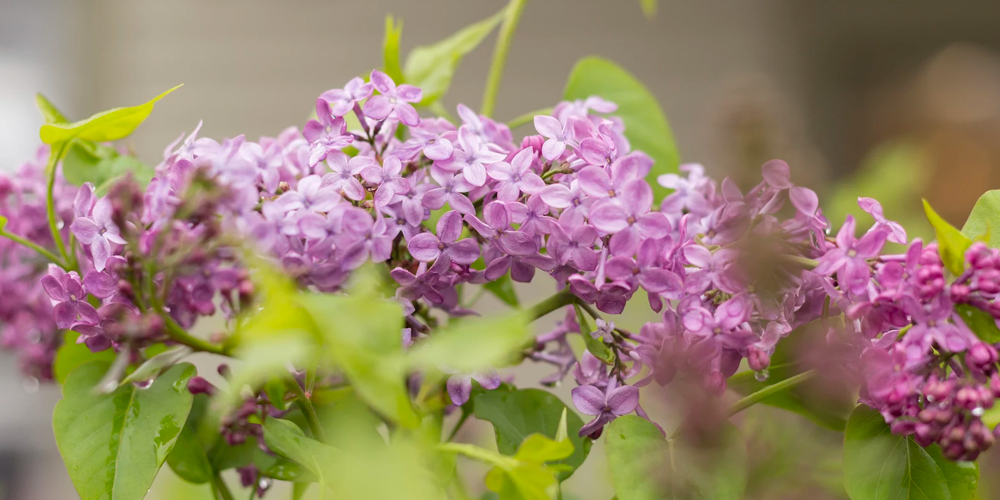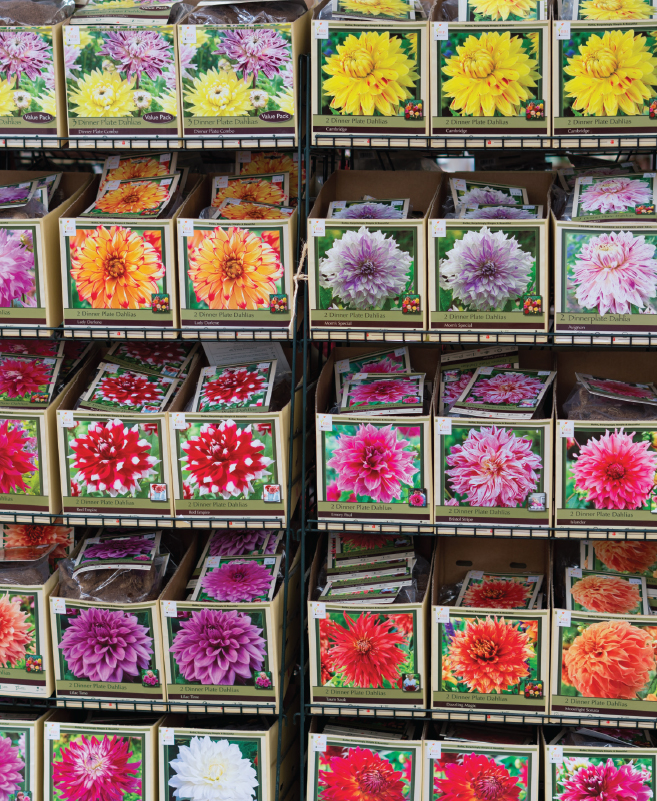Everyone loves the beautiful blue mophead hydrangeas, after all New England has a long and storied history with them – but maybe it’s time to expand your hydrangea horizons. Panicle hydrangeas have wonderfully large, lush pyramidal flowers that provide color and texture for an amazingly long period of time.
Panicle hydrangeas are super easy, reliable, and very hardy. You will be guaranteed flowers each and every summer because the flower buds are formed in late spring on new growth, thereby avoiding the frosts that can damage buds. They adapt to a variety of light levels, from full sun to partial shade and even the shade of a north facing garden.
Panicle hydrangeas offer a very long season of bloom beginning in June and lasting until winter sets in. Say goodbye to that feeling that there is nothing in bloom in the late summer and fall! The cone-shaped flowers are often 12” tall and sometimes taller. Another lovely feature of these hydrangeas is the flower’s ability to subtly change color over its many months of bloom. What begins as a lovely creamy white flower can morph into varying shades of pink, and, with some varieties, even deep pink-red by season’s end. They are shallow-rooted plants that benefit from a 2-3″ layer of compost or mulch. Planted in healthy, organic-rich soil, they require no fertilizer to produce lots of blooms.
They flower true to color so there is no need for soil additives. Pruning is not necessary, especially if you choose a variety whose size is appropriate to your needs. In time, if you wish to contain the plant’s size, you can prune in late winter or very early spring. Come explore the world of panicle hydrangeas. Here are some of our favorite varieties:
Hydrangea paniculata ‘Bobo’

Considered one of the smaller paniculatas, ‘Bobo’ grows 3’ tall and 3-4’ wide. But don’t be fooled by its diminutive stature. ‘Bobo’ in full bloom is a spectacular sight. This hydrangea will be absolutely engulfed in large, bright white flowers. It can be hard to see the leaves for all its flowers! The flowers are held upright on strong stems, and continue to grow and lengthen as they bloom. By season’s end, the flowers take on a lovely soft shade of pink.
Hydrangea paniculata ‘Fire Light’
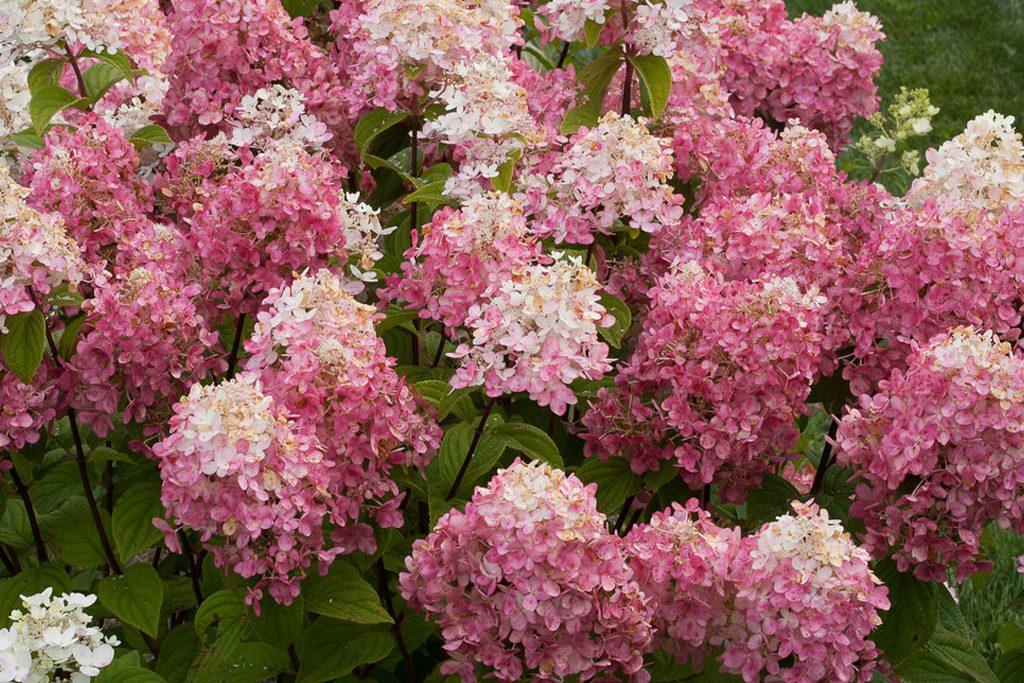
This hydrangea is truly beautiful in a border or foundation planting. Its flowers open a pure white, gradually turn pink, and finish the season a rich pomegranate-red color. The 12-16” flowers are held on thick, sturdy stems. ‘Fire Light’ grows 5-6’ tall.
Hydrangea paniculata ‘Limelight’
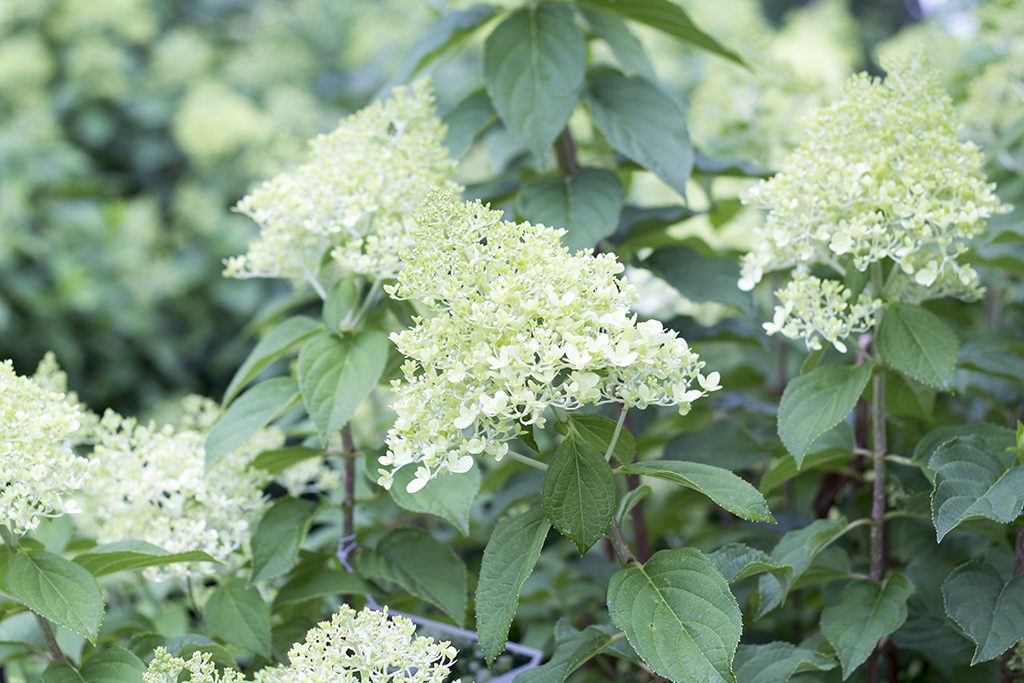
When you see the creamy lime-green flower panicles begin to open, you will understand how ‘Limelight’ got its name. The lime green flowers slowly transform into a soft, antique rose pink over a long season of bloom. The shrub is upright in form and reaches a height of 7-8’. It makes a beautiful specimen plant in the border, and a hedge of ‘Limelight’ lining a driveway is a sight to behold.
Hydrangea paniculata ‘Little Lime’

As the name suggests, this is a compact version of ‘Limelight’. It has the same mid-summer creamy lime green flowers on a shrub that grows 3-5’ tall.
Hydrangea paniculata ‘Quick Fire’
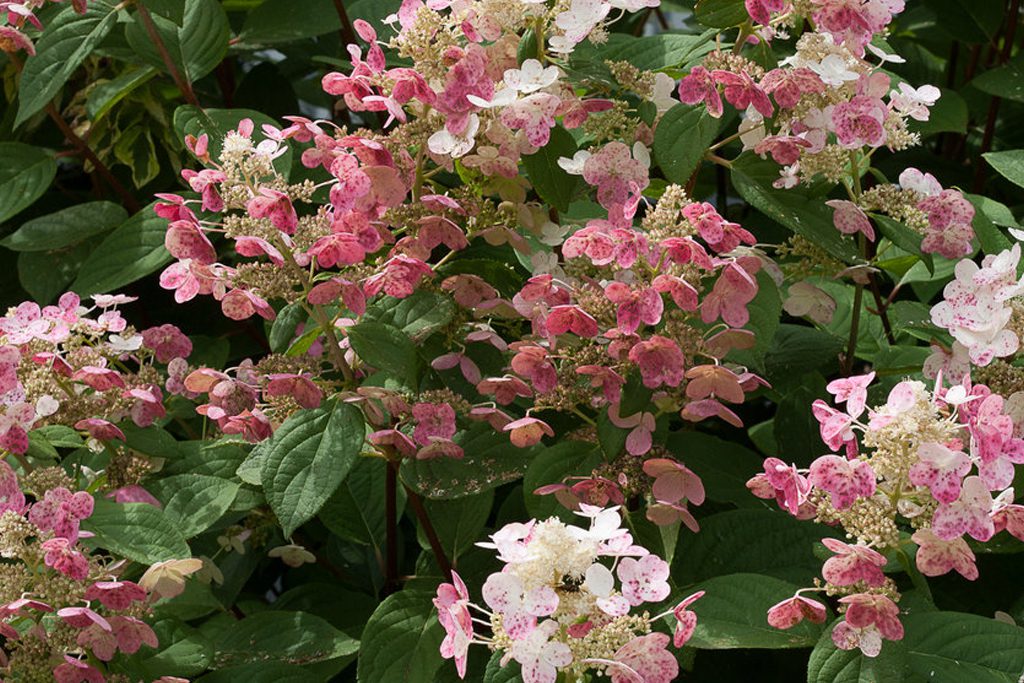
This is the earliest blooming of the panicle hydrangeas, and that is saying something! What begins as a lovely creamy white flower morphs into shades of pink – first soft pink, then medium pink, ending the season in tones of pink-red. Another interesting feature of this panicle hydrangea is its stem color. Red toned stems of summer become mahogany colored in winter, adding a rich texture to the landscape. ‘Quick Fire’ will reach 6-7’ in height.
Hydrangea paniculata ‘Little Quick Fire’
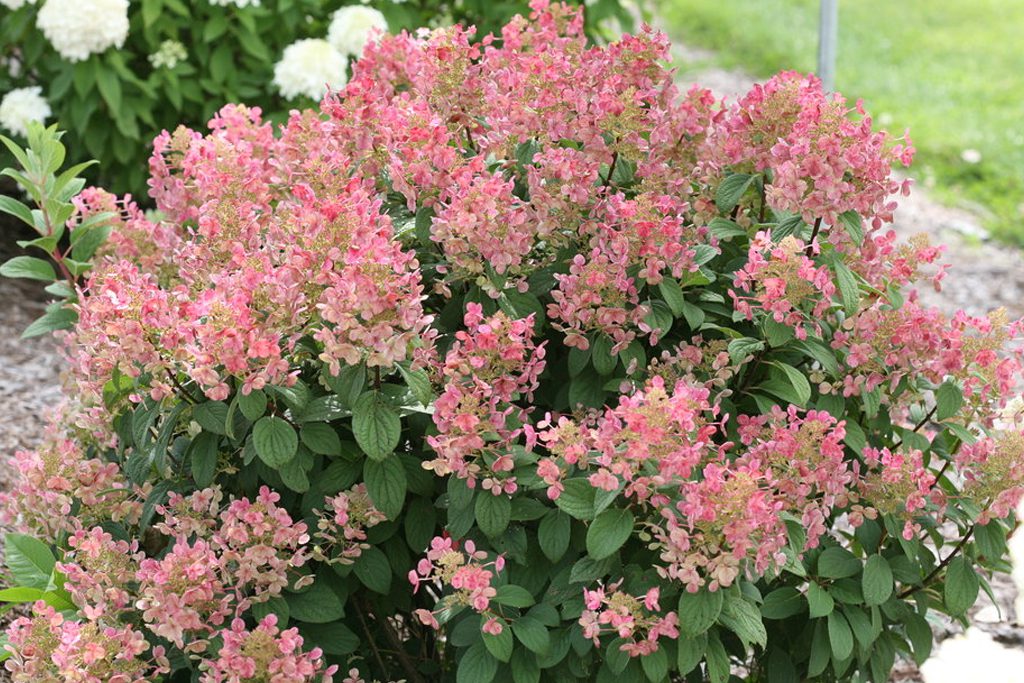
If your landscape can’t accommodate the size of ‘Quick Fire’ but you still want to enjoy its beauty, ‘Little Quick Fire’ is for you. Growing just 3-5’ tall, it has the same early bloom time, exquisite flowers, and great stem color. It’s all there, just in a smaller package.
Hydrangea paniculata ‘Vanilla Strawberry’
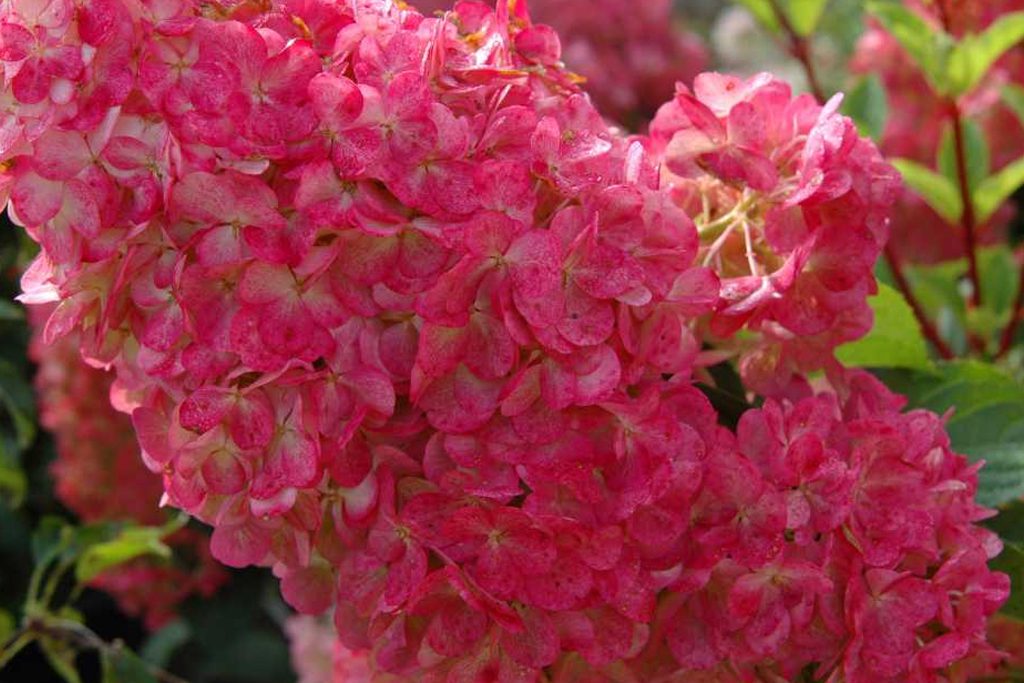
The flowers of this variety begin their colorful journey as pale green before changing to luscious creamy white and then darkening through all stages of pink into rosy-red. New blooms emerge as older blooms change color, giving the plant a multicolored effect. Growing 6-7’ feet tall, the branches will gently arch under the weight of its flowers.
Hydrangea paniculata ‘Strawberry Sundae’
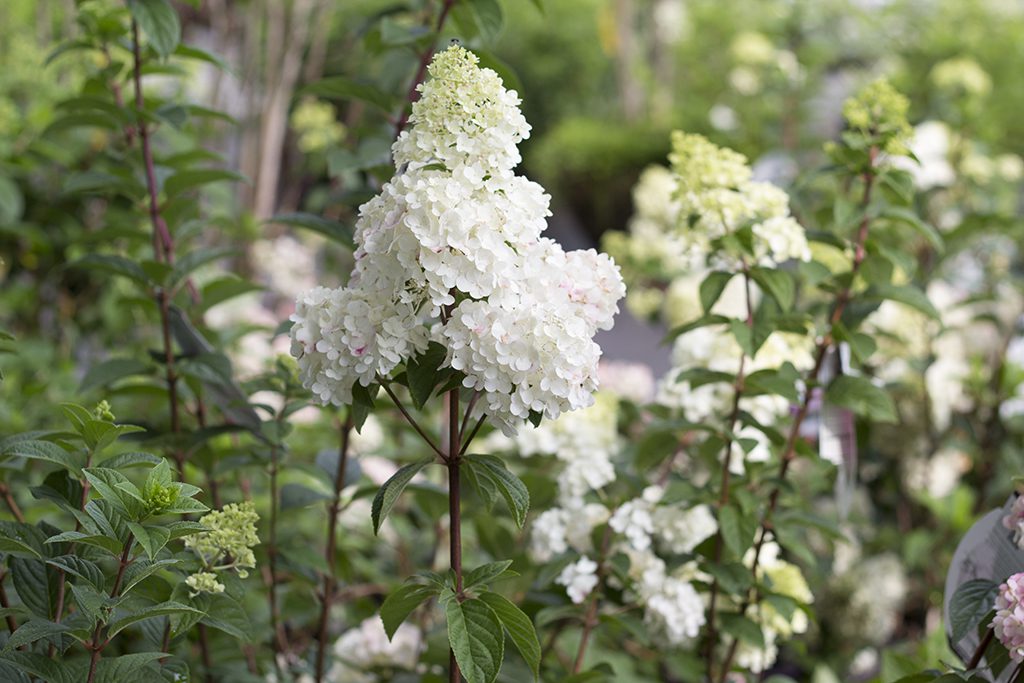
Growing 4-5’ tall and 3-4’ wide, this compact plant is similar to ‘Vanilla Strawberry’. The flowers are numerous and have the same multicolored effect. It brings a sense of excitement to the smaller landscape.
Hydrangea paniculata ‘Zinfin Doll’
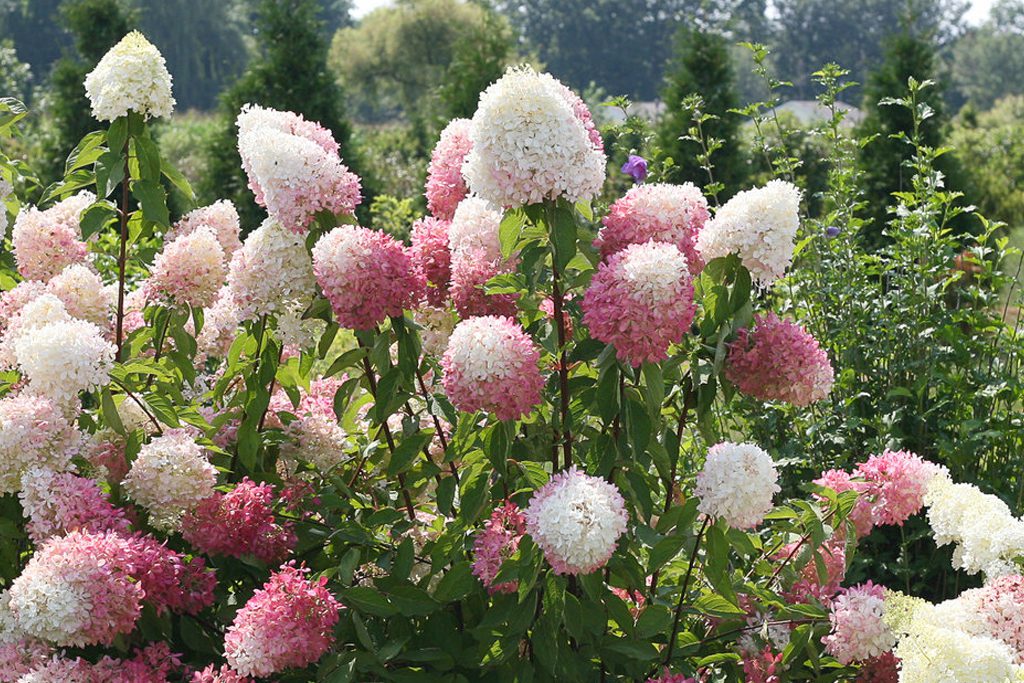
The flowers of this new introduction produce an amazing multi-color display. Its dense panicles of creamy white blossoms blush pink from the base upward and gradually darken to rich raspberry pink. The deep green foliage provides a perfect backdrop for this exuberant floral display. Sturdy, upright stems will grow to a height of 6-8’.
So if you’re looking to expand your hydrangea-horizons, come check out our wonderful stock of panicle hydrangeas! Or, if you have already filled your garden with these wonderful blooms and are looking for upkeep tips, check out our hydrangea care guide here!
